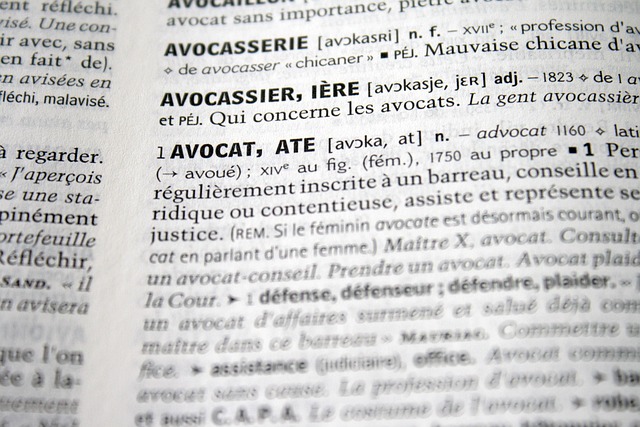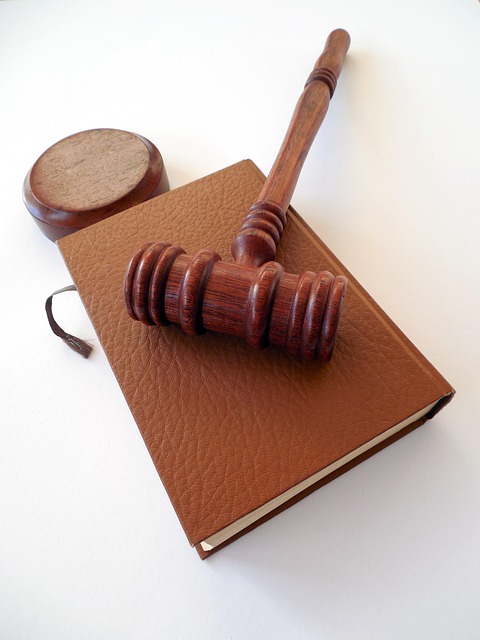RF Regulatory Agency investigations are crucial for maintaining wireless communication standards and safety regulations, focusing on RF devices like mobile phones and routers. These in-depth inquiries involve assessing health risks, spectral usage, and interference issues. Understanding this process is vital for businesses in the real estate sector, as it impacts product approvals, market access, and legal liabilities. The agency's investigations follow a structured approach, starting with a formal complaint, gathering evidence, conducting interviews, and documenting every step. Known for their rigor and accuracy, these probes have an excellent track record of dismissing charges when no significant breaches are found. This collaborative process between investigators and legal experts ensures fairness and integrity in real estate disputes, influencing future business practices and fostering trust among stakeholders.
“Unraveling RF Regulatory Agency Investigations: A Comprehensive Guide for Real Estate Professionals. This article offers an in-depth look into the intricate world of RF regulatory inquiries, essential knowledge for anyone navigating real estate litigation. From understanding the investigation process to identifying key stakeholders and evidence collection methods, we demystify each step. Learn how these investigations unfold, their potential outcomes, and the impact on all involved parties. By mastering this Real Estate Litigation Process, you’ll ensure a smoother journey through regulatory challenges.”
- Understanding RF Regulatory Agency Investigations: A Comprehensive Overview
- Initiating the Investigation Process: Steps and Procedures
- Roles and Responsibilities: Who's Involved in the Inquiry?
- Evidence Collection and Analysis: Uncovering the Facts
- Resolving the Investigation: Implications for All Stakeholders
Understanding RF Regulatory Agency Investigations: A Comprehensive Overview
RF Regulatory Agency Investigations are a critical aspect of ensuring compliance with wireless communication standards and safety regulations. These inquiries often arise from suspected violations of laws and guidelines related to radio frequency (RF) devices, such as mobile phones, wireless routers, and broadcasting equipment. The process involves a meticulous examination of products, operations, and documentation by specialized agents. They investigate everything from potential health risks associated with RF emissions to compliance with spectral usage rules and interference issues.
Understanding the intricacies of these investigations is crucial for businesses, especially in sectors like real estate where wireless technology plays a significant role. The outcome can have profound implications, impacting product approvals, market access, and even legal liabilities. Knowledge of this process empowers stakeholders to navigate potential challenges effectively, potentially leading to winning challenging defense verdicts in jury trials related to white-collar and economic crimes.
Initiating the Investigation Process: Steps and Procedures
The RF Regulatory Agency Investigation process begins with a formal complaint or an internal referral. A detailed investigation plan is drafted, outlining key objectives and timelines. This involves gathering relevant documents, conducting interviews, and examining evidence to establish violations. Every step is meticulously documented, ensuring transparency and fairness throughout.
Across the country, these investigations are known for their rigorous nature and unprecedented track record of complete dismissal of all charges where no significant regulatory breaches are found. The process prioritizes due process rights, focusing on thorough analysis and evidence-based conclusions to ensure justice in real estate litigation matters.
Roles and Responsibilities: Who's Involved in the Inquiry?
When an RF Regulatory Agency initiates an investigation into potential violations within the realm of radio frequency (RF) technologies, a complex web of roles and responsibilities comes into play. This intricate process involves several key players who collaborate to ensure the integrity of the inquiry. At the forefront are agency investigators, tasked with gathering evidence, interviewing stakeholders, and analysing data across all stages of the investigative and enforcement process. They work diligently to uncover any non-compliance with RF regulations, which are crucial for maintaining a safe and secure environment for users across the country.
Complementing these investigators is a team of legal experts, including general criminal defense attorneys, who offer their expertise in navigating the often labyrinthine aspects of RF regulatory law. These professionals ensure that the inquiry adheres to legal standards and protect the rights of those involved throughout the process. By combining efforts, these stakeholders create a robust framework to address potential violations, fostering a comprehensive understanding of the Real Estate Litigation Process Explained.
Evidence Collection and Analysis: Uncovering the Facts
In RF Regulatory Agency investigations, evidence collection and analysis are paramount to uncovering the facts. This involves meticulous documentation, including gathering electronic data, witness statements, and physical evidence related to radio frequency (RF) devices and their operations. The process mirrors aspects of a general criminal defense strategy, where each stage of the investigative and enforcement process is meticulously navigated.
Legal professionals play a crucial role in this phase by ensuring that all evidence is collected legally, maintaining chain-of-custody protocols, and employing expert analysis to interpret complex RF data. This methodical approach is designed to safeguard the integrity of the investigation while aiming for winning challenging defense verdicts.
Resolving the Investigation: Implications for All Stakeholders
When an RF Regulatory Agency Investigation concludes, its implications reverberate through various sectors, particularly real estate. The resolution phase involves meticulous documentation and communication. Stakeholders, from developers to landlords, must understand their roles in ensuring compliance with regulations. This knowledge is crucial for navigating future projects, as past transgressions can shape upcoming decisions and strategies.
The process encourages a culture of accountability among businesses. By adhering to the agency’s findings and recommendations, respective business entities contribute to a more transparent and ethical real estate landscape. Moreover, this collaborative effort fosters trust within the philanthropic and political communities, ensuring that regulatory efforts remain fair and effective throughout all stages of the investigative and enforcement process.
RF Regulatory Agency investigations play a crucial role in ensuring compliance with radio frequency (RF) standards, impacting various industries, especially real estate. By understanding the comprehensive overview presented, initiating and navigating the investigation process effectively becomes achievable. This article has highlighted key steps, from evidence collection to resolution, emphasizing the importance of collaboration among stakeholders. Ultimately, these investigations are essential for maintaining a fair and regulated environment, fostering trust in the RF technology landscape.






